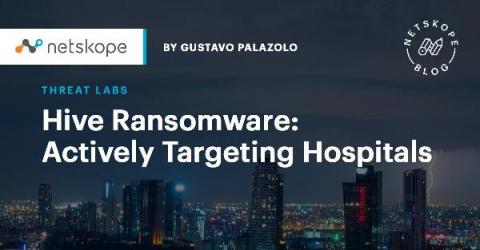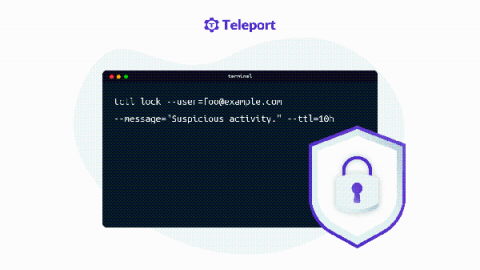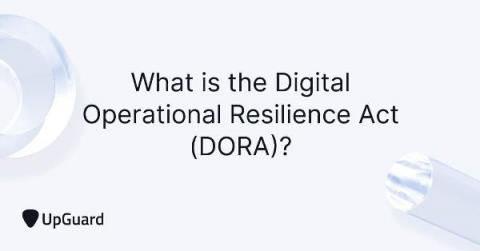Drive down the risks of security threats with secure ELDs
During this National Truck Driver Appreciation Week, we review how to ensure security on the road with ELD cyber security considerations. According to the U.S. census in 2019, more than 3.5 million people worked as truck drivers, driving large tractor-trailers or delivery trucks. Given that over 70% of all freight is transported using trucks, trucking is a key part of the country’s critical infrastructure. Sadly, this has not gone unnoticed by cybercriminals.









